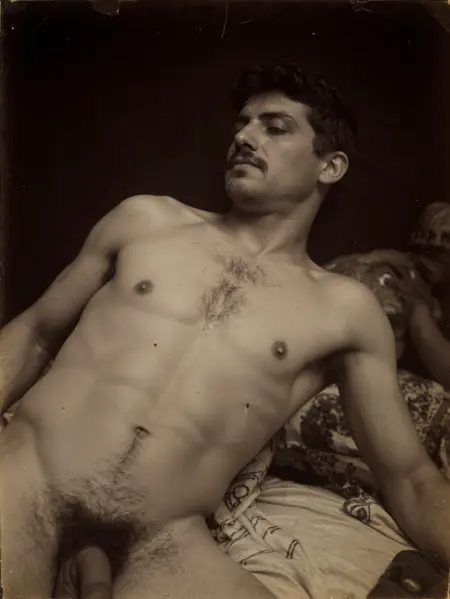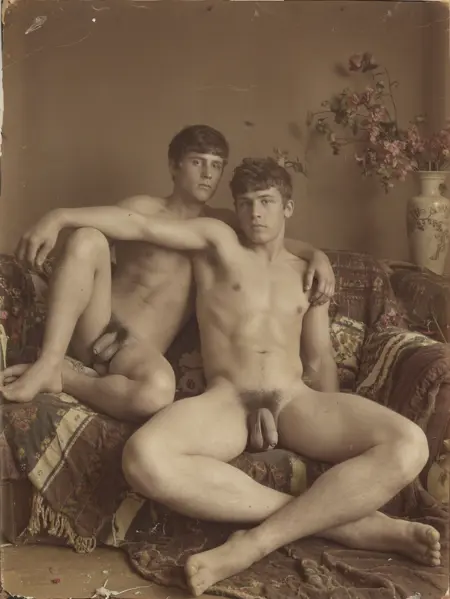19th-century Mediterranean homoerotic
Details
Download Files
Model description
Amplify the aesthetics of early 19th-century photography, particularly within the neoclassical homoerotic tradition exemplified by Wilhelm von Gloeden, Wilhelm Plüschow or Vincenzo Galdi. It emphasizes sepia tones, faded details, and physical decay typical of antique prints. This visual language repurposes the formal rigidity and peculiar charm of vintage postcards, often mounted on textured cards with ornate borders, handwritten inscriptions, and visible signs of aging such as creases, water stains, and chemical discoloration.
Subjects should appear nude, posed in classical, static compositions that reflect the solemnity of period portraiture. Photographic artifacts, such as scratches, torn edges, uneven exposure, and surface stains, should be deliberately included to reinforce the illusion of a long-forgotten historical document.
To evoke this mood, begin the prompt with the trigger phrase “19th-century Mediterranean homoerotic” followed by a description of the scene and environment. The final image should radiate a sense of nostalgia, as if hollowed out from a time long gone and steeped in beauty and melancholic decadence.








